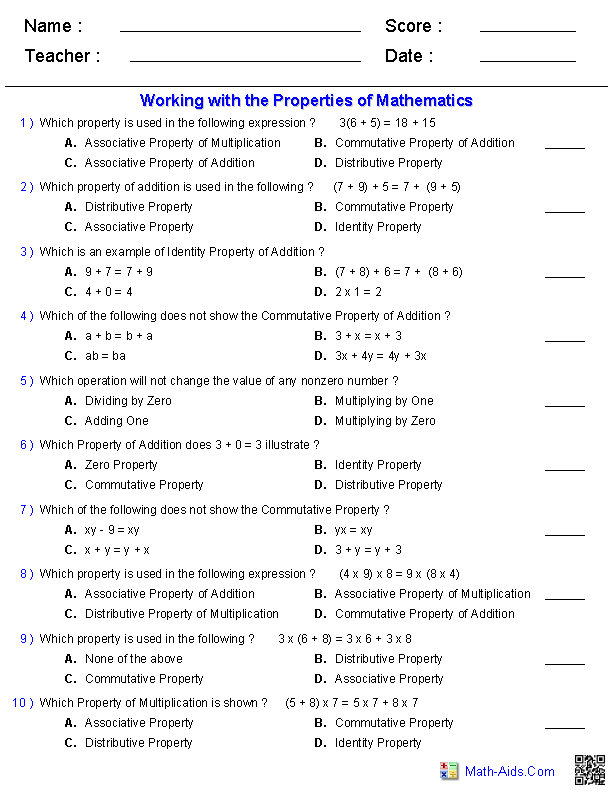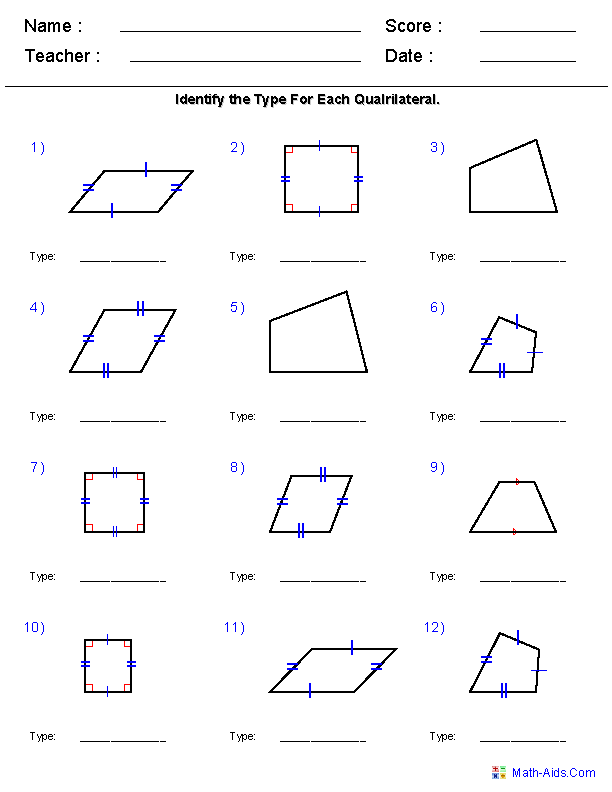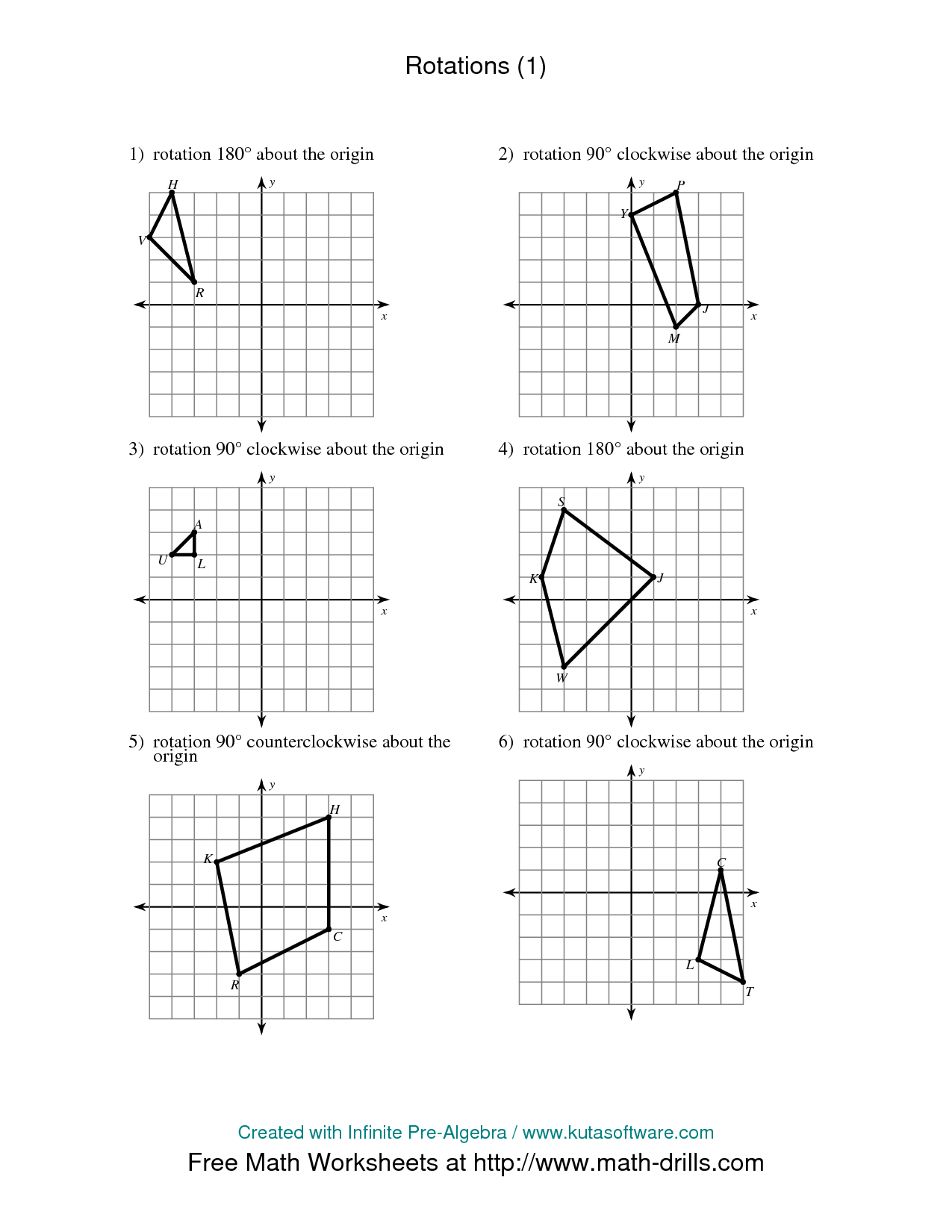Symmetry Worksheets for 6th Grade
Symmetry worksheets are a valuable resource for 6th-grade students to practice and reinforce their understanding of geometric symmetry. These worksheets provide a variety of exercises and activities that challenge students to identify lines of symmetry, complete symmetrical patterns, and draw symmetrical shapes. By using symmetry worksheets, 6th-grade students can enhance their cognitive skills, spatial reasoning, and problem-solving abilities in a fun and engaging way.
Table of Images 👆
More Other Worksheets
Kindergarten Worksheet My RoomSpanish Verb Worksheets
Cooking Vocabulary Worksheet
DNA Code Worksheet
Meiosis Worksheet Answer Key
Art Handouts and Worksheets
7 Elements of Art Worksheets
All Amendment Worksheet
Symmetry Art Worksheets
Daily Meal Planning Worksheet
What is symmetry?
Symmetry is a concept in mathematics and physics that refers to a balanced and harmonious proportion between different parts of an object, shape, or system. It occurs when one part of an object is the same as another part when certain conditions are met. It plays a crucial role in various scientific fields, art, and design, highlighting a sense of beauty and order in the natural world.
How can you determine if a shape has rotational symmetry?
A shape has rotational symmetry if it can be rotated less than 360 degrees about its center point and still look the same. To determine if a shape has rotational symmetry, you can try rotating it in different directions around its center point. If after rotating less than a full revolution the shape appears unchanged, then it has rotational symmetry. The number of times the shape can be rotated to look the same indicates the order of rotational symmetry it possesses.
What is the line of symmetry in a shape?
The line of symmetry in a shape is an imaginary line that divides the shape into two congruent and mirror-image halves. This means that if a shape is folded along its line of symmetry, the two resulting halves would perfectly overlap each other.
How can you identify bilateral symmetry in an object?
Bilateral symmetry in an object can be identified by examining whether the object can be divided into two equal halves that are mirror images of each other. This means that both halves of the object should look identical when one half is flipped or reflected across a specific axis. Visualizing this symmetry typically involves identifying a line, known as the axis of symmetry, along which the object's halves reflect each other.
Can a shape have more than one line of symmetry? Explain.
Yes, a shape can have more than one line of symmetry. A shape can have multiple lines of symmetry if it can be folded or rotated in such a way that it matches its original form more than once. For example, a regular polygon such as a square has four lines of symmetry, as it can be rotated 90 degrees, 180 degrees, and 270 degrees to coincide with its original orientation.
Provide an example of a shape with both rotational and bilateral symmetry.
A classic example of a shape with both rotational and bilateral symmetry is a four-leaf clover. The clover has bilateral symmetry as it can be divided into two equal halves that mirror each other, and it also has rotational symmetry as it can be turned in increments of 90 degrees to create the same image.
How can you create a symmetrical design using geometric shapes?
To create a symmetrical design using geometric shapes, start by selecting a shape as the base, such as a square or triangle. Then, duplicate and mirror the shape across an axis to create a reflection or rotational symmetry. Repeat this process with other shapes, ensuring that each side or angle of the design is balanced and identical on both sides of the axis. Pay attention to the size, position, and orientation of the shapes to maintain symmetry throughout the design. Additionally, using a grid or guidelines can help to ensure precise alignment and symmetry in the final composition.
What is the difference between reflective symmetry and rotational symmetry?
Reflective symmetry refers to an object's ability to be divided into two equal halves that are mirror images of each other. Rotational symmetry, on the other hand, is when an object can be rotated around a central point by a certain angle and still look the same in multiple positions. In essence, reflective symmetry involves mirror images, while rotational symmetry involves identical positions through rotations.
How can you use symmetry to solve puzzles or create patterns?
Symmetry can be used to solve puzzles by leveraging the balance and reflection of elements to identify patterns or relationships within the puzzle. By recognizing symmetrical patterns, it becomes easier to predict the arrangement of elements or anticipate the solution to the puzzle. Similarly, symmetry can be used to create visually appealing patterns by mirroring or repeating elements in a way that reflects balance and order, leading to aesthetically pleasing designs.
Why is symmetry important in art, architecture, and design?
Symmetry is important in art, architecture, and design because it creates a sense of balance, harmony, and order. It appeals to our innate sense of aesthetics and beauty, making a composition visually pleasing and easily understood. Symmetry also conveys a feeling of stability and can help guide the viewer's eye throughout a piece, accentuating key elements and creating a cohesive overall structure. Ultimately, symmetry adds a sense of elegance and sophistication to artistic creations and architectural marvels.
Have something to share?
Who is Worksheeto?
At Worksheeto, we are committed to delivering an extensive and varied portfolio of superior quality worksheets, designed to address the educational demands of students, educators, and parents.




































Comments